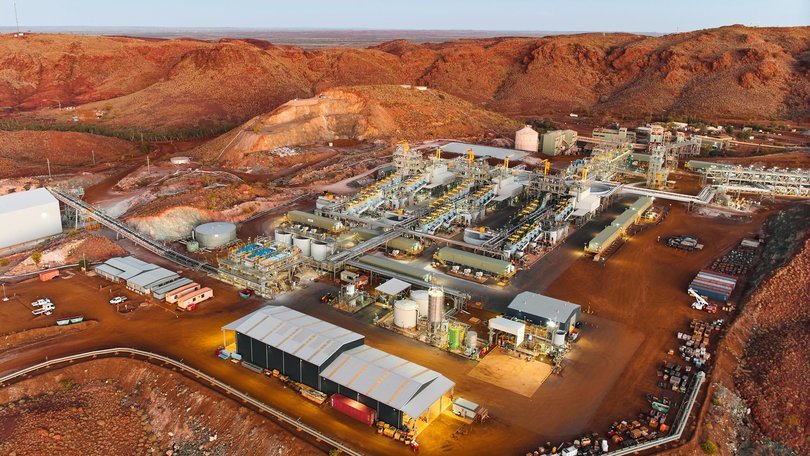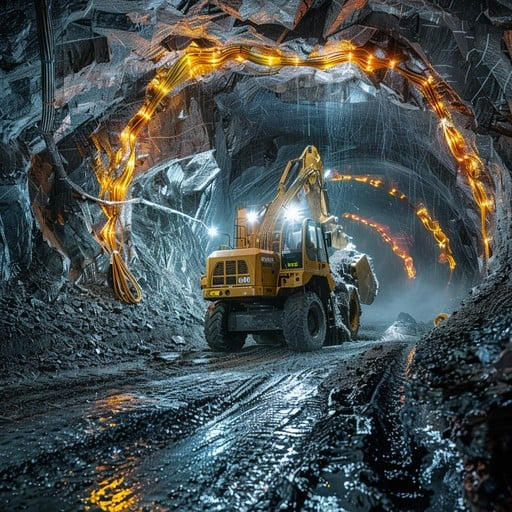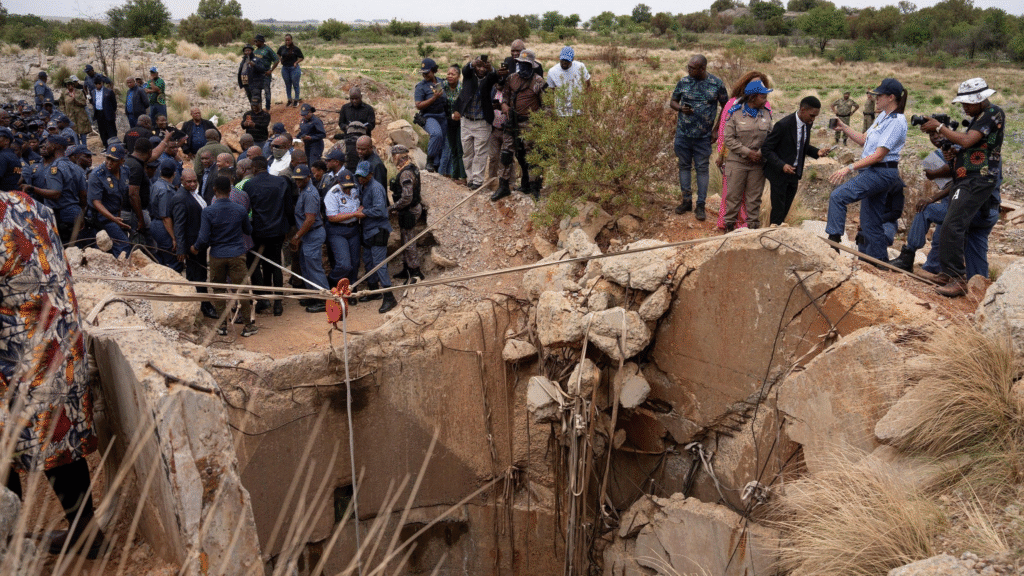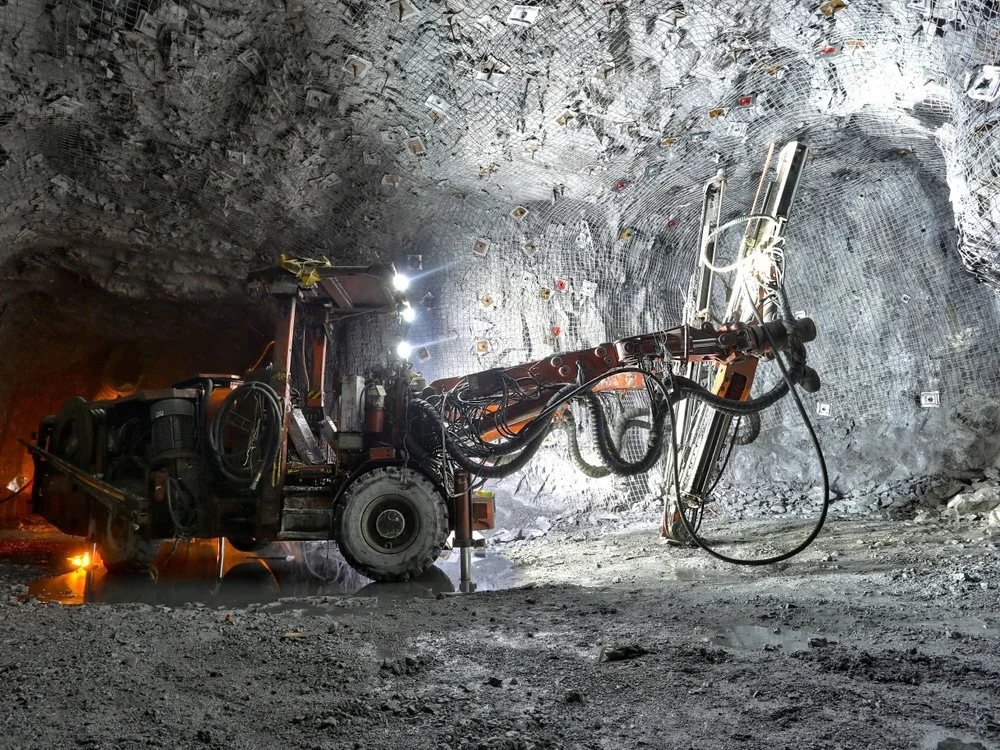South Africa Mining Job Cuts

South Africa’s mining sector has long been a cornerstone of the country’s economy, but it is currently facing significant challenges. In recent years, several major mining companies have announced job cuts , citing a combination of economic pressures, declining commodity prices, operational inefficiencies, and the need for cost reduction. These cuts have had a profound impact on thousands of workers and local communities that depend on the industry for employment and livelihoods.
Why Are Mining Jobs Being Cut?
The decision to reduce staff in the mining sector is driven by several factors:
- Declining Commodity Prices : Lower gold, platinum, and coal prices have reduced profit margins, forcing companies to cut costs.
- High Operating Costs : Rising energy prices, especially from Eskom, have increased production costs, making some operations unprofitable.
- Structural Reforms : Many companies are restructuring to become more efficient, often through automation and downsizing.
- Environmental and Regulatory Pressures : Increased compliance with safety and environmental regulations has led to higher operational costs.

Impact on Workers and Communities
Job cuts in the mining sector have far-reaching consequences. For many workers, losing a job means financial instability and uncertainty about the future. Mining communities, which often rely heavily on the industry for employment, are also feeling the strain. Small businesses, local services, and even schools can suffer when large numbers of people lose their jobs.
In some cases, workers have been offered early retirement packages or relocation opportunities, but not all employees are able to find new work, especially in regions where alternative employment options are limited.

The Role of Automation and Technology
One of the main reasons for job cuts is the increasing use of automation and technology in mining operations. Companies are investing in advanced machinery and digital systems to improve efficiency and reduce reliance on manual labor. While this leads to long-term cost savings and improved safety, it also displaces many traditional mining jobs.
Some experts argue that this shift is necessary for the industry to remain competitive, but it raises concerns about the future of employment in mining communities.

What’s Next for South African Mining?
Despite the current challenges, the mining sector remains a vital part of South Africa’s economy. Government and industry leaders are working on strategies to stabilize the sector, including:
- Investing in renewable energy to reduce electricity costs
- Promoting sustainable mining practices to attract new investors
- Supporting skills development to help displaced workers transition into other industries
While the road ahead is uncertain, the future of mining in South Africa will likely involve a balance between modernization, sustainability, and job creation.
FAQs
Q: Why are mining jobs being cut in South Africa?
A: Job cuts are due to falling commodity prices, high operating costs, and the need for cost reductions and efficiency improvements.
Q: How does automation affect mining jobs in South Africa?
A: Automation is reducing the need for manual labor, leading to job losses, but it also improves efficiency and safety in the long term.
Q: What happens to workers who lose their mining jobs?
A: Some are offered early retirement, others are relocated, while many struggle to find new employment, especially in mining-dependent communities.
Q: Can the South African mining sector recover from these job cuts?
A: With investment, policy support, and innovation, the sector has the potential to recover and adapt to new economic realities.

